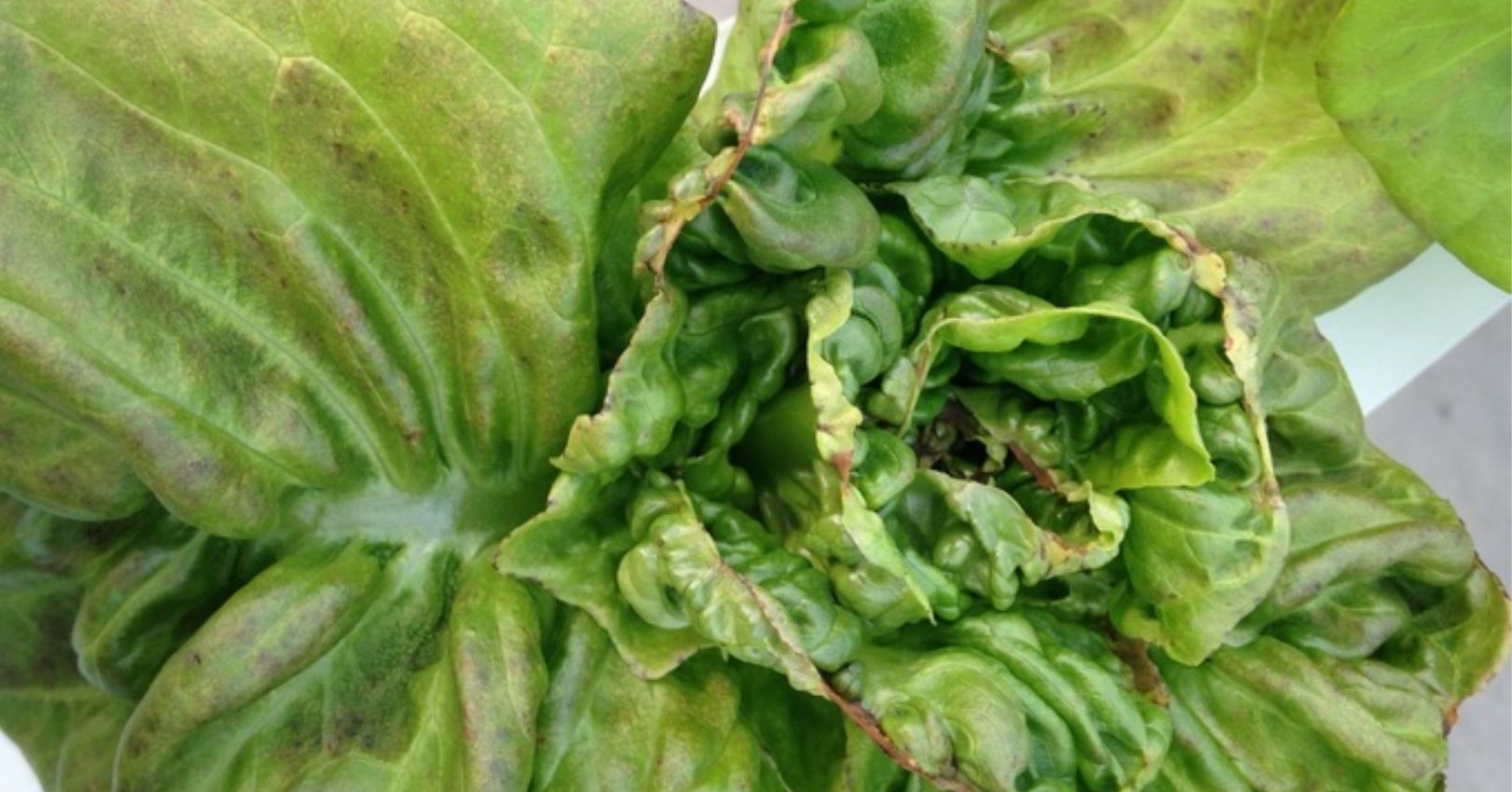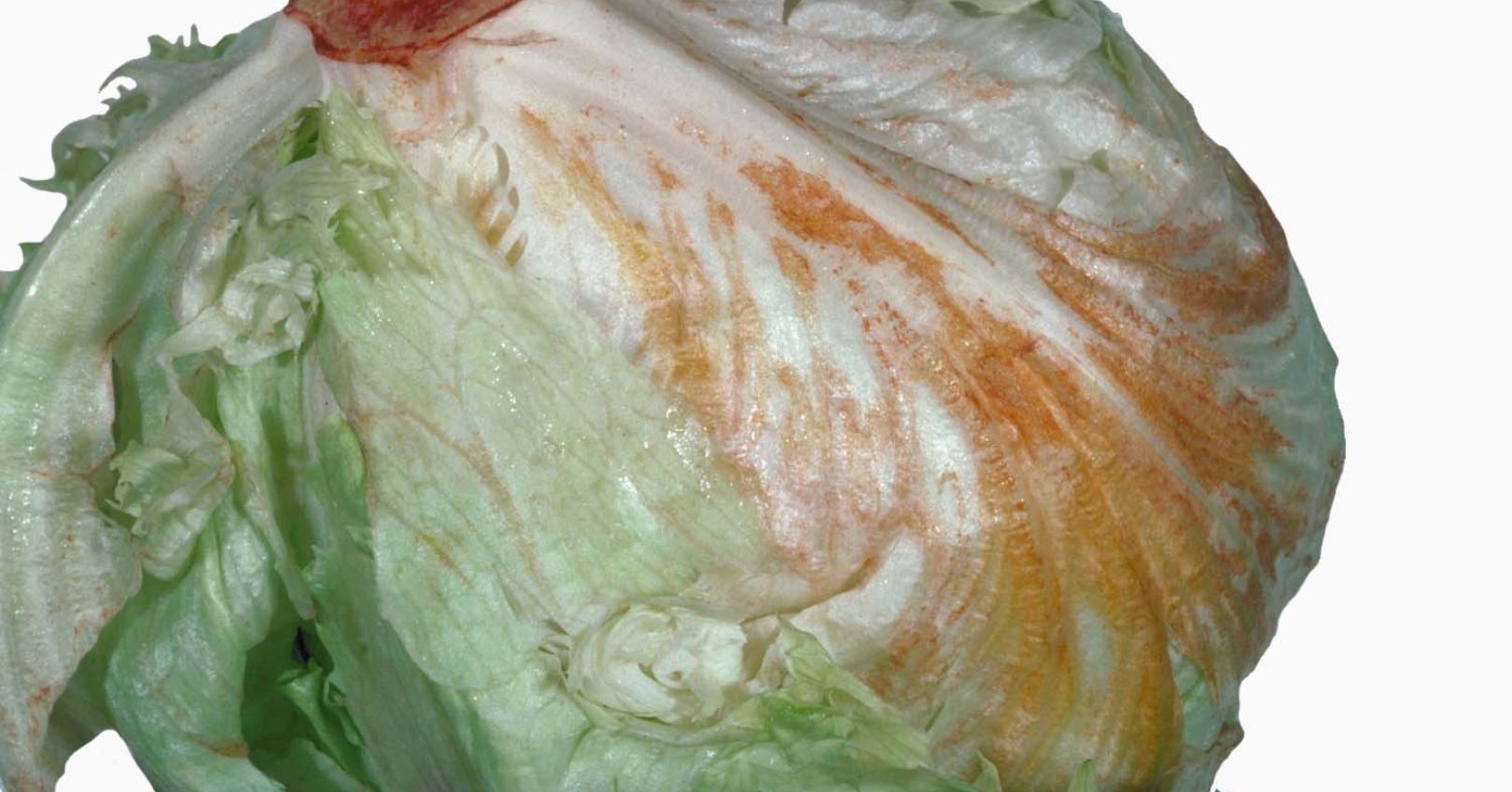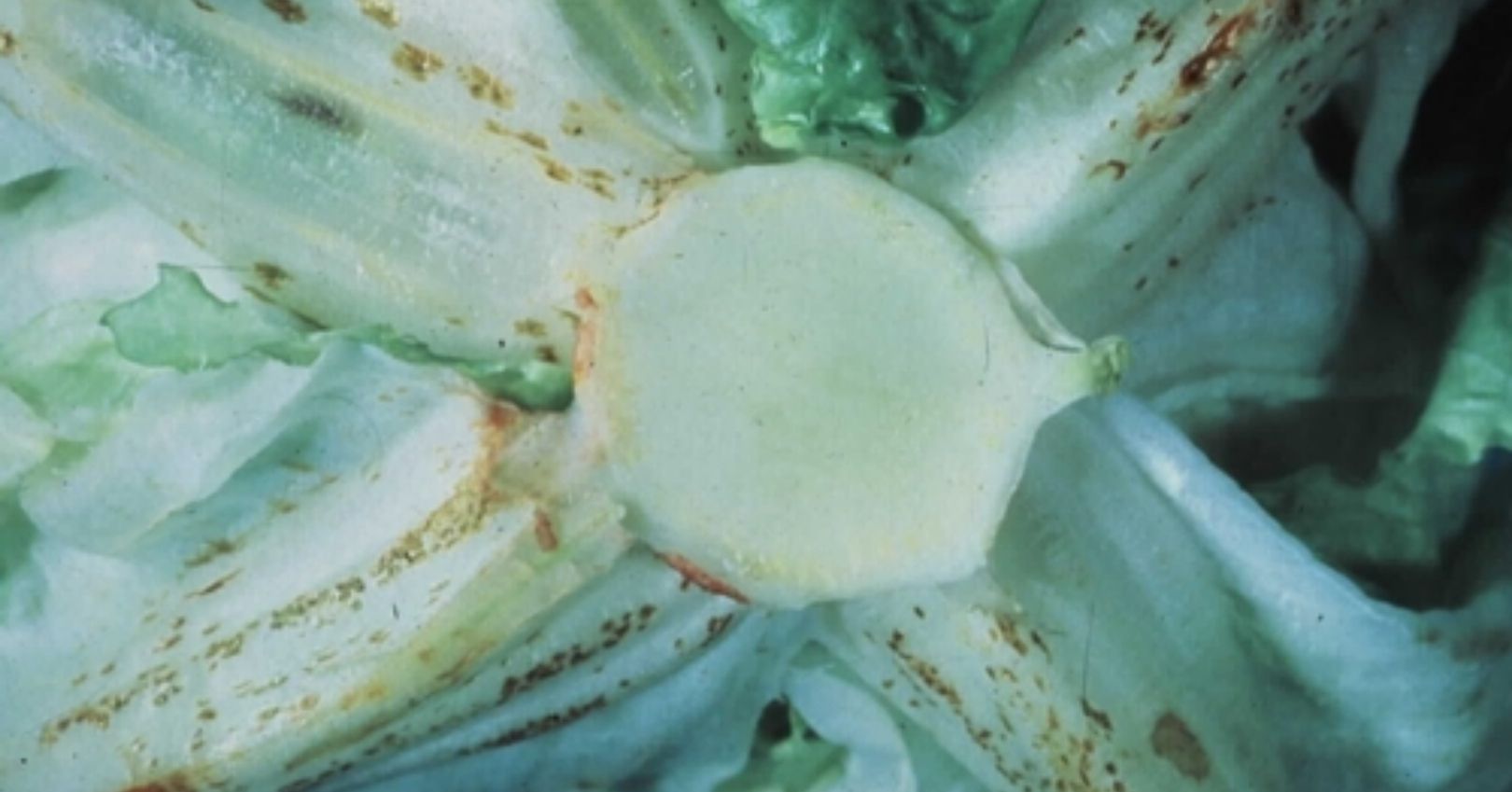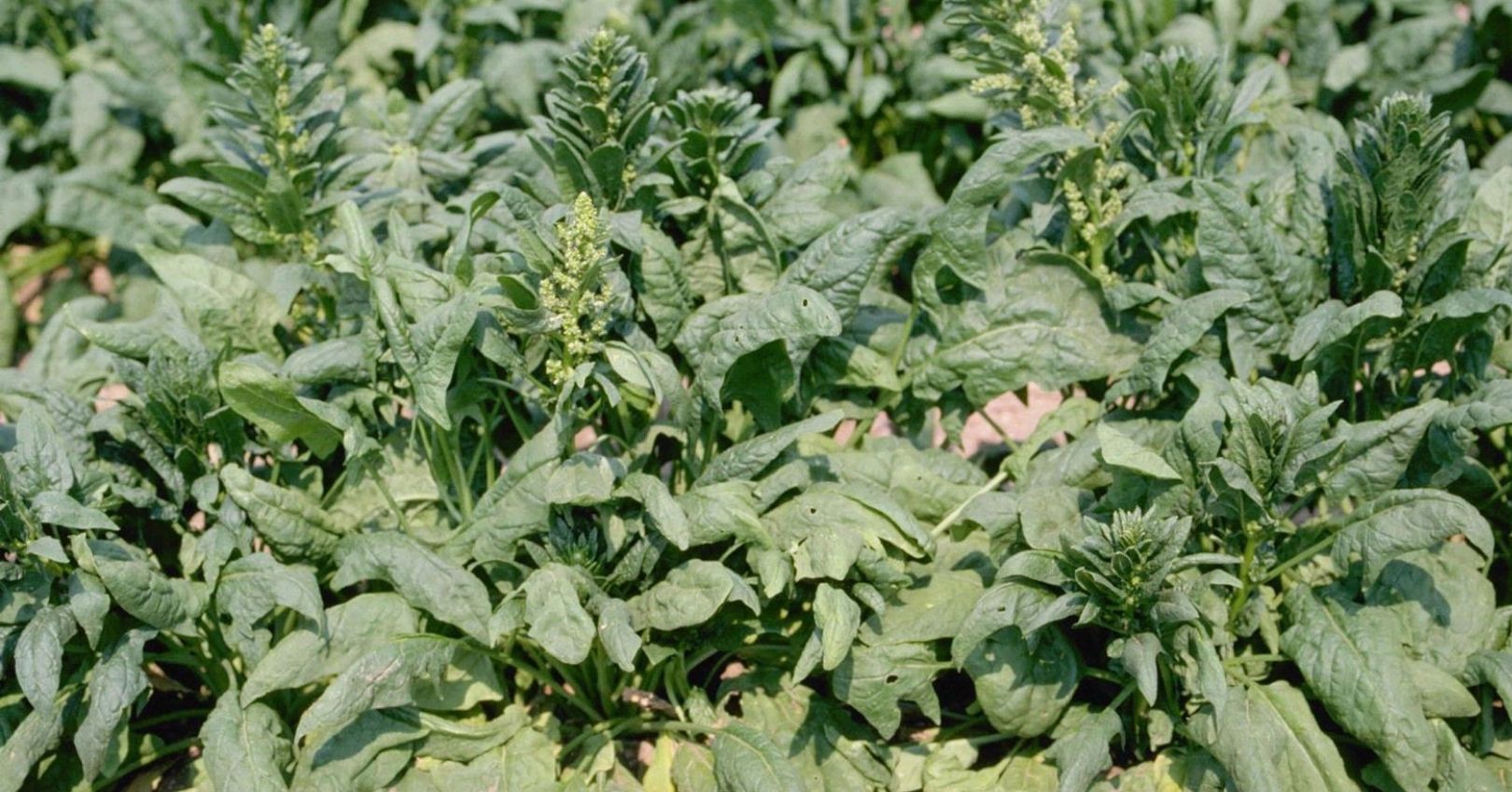Other Production Problems




Tipburn
Tipburn is a problem in lettuce and other leafy greens. Symptoms include brown leaf margins or spots on the youngest leaves in the heads. It is more visible on open headed types but in the head forming types, it may not be noticed until harvest. Tipburn occurs after a drought period followed by moisture from rain or irrigation and is caused by a localized calcium deficiency in the young, rapidly growing leaves. The deficient part of the leaf collapses, turns brown, and may host secondary rot organisms which makes the head unmarketable. To reduce the risk of tipburn, maintain adequate soil moisture. Much like blossom end rot of tomato, tipburn occures due to a lack of water or during adverse conditions (heat, cold, excess nitrogen) rather than a soil calcium deficiency (most Utah soils are high in calcium). Excess nitrogen, root pruning due to cultivation, flooding, or drought are commonly involved in tipburn expression. Some varieties are less likely to get tipburn, so select varieties carefully.
Brown Rib
Brown Rib is the occurrence of yellow, brown or black streaks or spots on the midrib of the older outer wrapper leaves of head lettuces. Symptoms often show up as the crop nears harvest. It is more common when day and night temperatures are high, and there is no known varietal resistance.
Spotting
Spotting on leaves and midribs is associated with a number of atmospheric gases including air pollutants like ozone, sulfur dioxide, and nitrogen dioxide. Affected tissue is discolored, leaves often have pits, necrotic spots, and these make the product less marketable. There is no known resistance and high temperatures and high pressure systems (inversions) seem to aggravate the problem.
Bolting
Bolting is the term used to indicate a plant that has transitioned from leaf (vegetative) growth to flower (reproductive) formation. The initiation of a flower stalk can occur at any time during growth. Bolting is commonly caused by stresses that slow vegetative growth. Cool-weather crops like lettuce, spinach or mustards often bolt when exposed to hot weather. Long day lengths also trigger bolting, so pay attention to planting dates in the spring. Harvest spring-planted crops as soon as possible to avoid excess heat, long days, and associated bolting. Transplants that are chilled or water-stressed in the greenhouse prior to planting are more susceptible to bolting.

